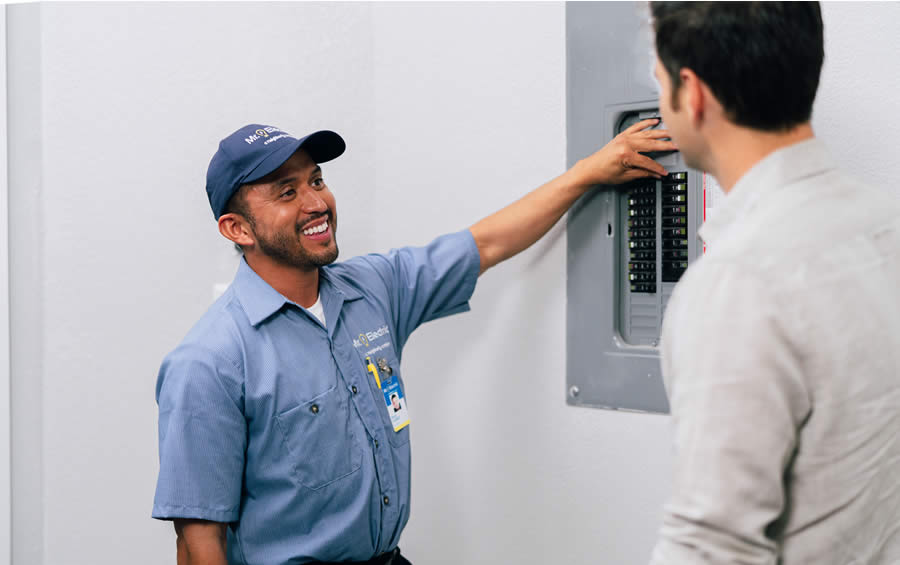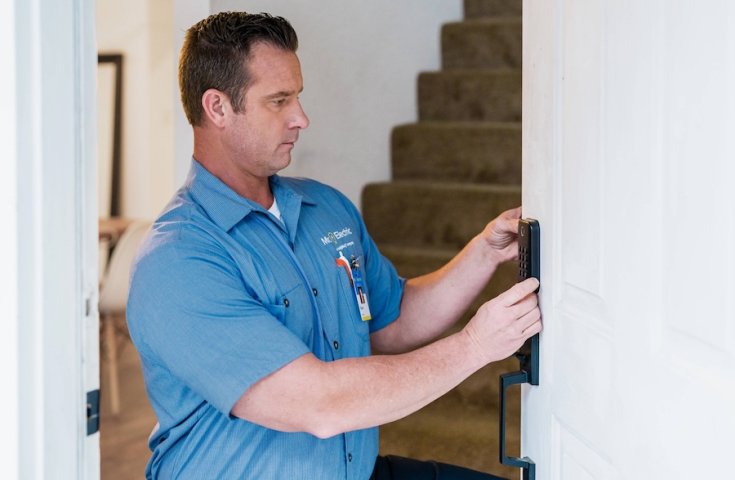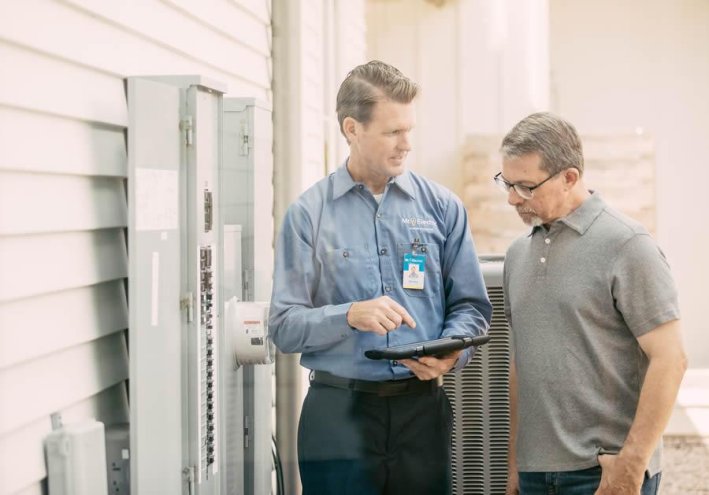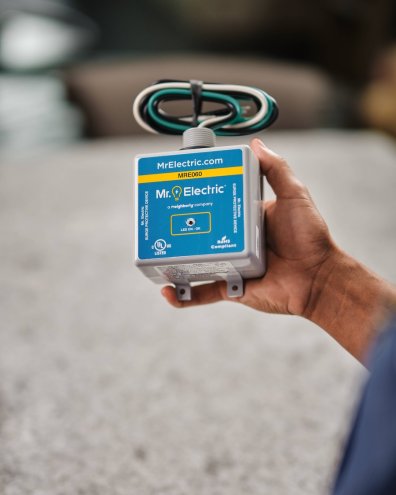In the intricate world of electrical systems, the importance of labeling electrical equipment can't be overstated. Whether you're an electrician, a homeowner, or involved in an electrical repair service, understanding and implementing proper labeling practices is vital for safety, efficiency, and compliance with regulations. This guide by Mr. Electric will walk you through the essentials of labeling your electrical equipment, ensuring both safety and functionality in any setting.
Understanding the Importance of Labeling
Labeling electrical equipment has many purposes; first, it helps improve safety by providing essential details about its use, thus decreasing risks associated with accidents. Electricians and repair services use labels as guides during troubleshooting or maintenance work; additionally, labeled items meet local and international safety regulations, which are vitally important legally and for insurance reasons.
Determine What Needs Labelling
To properly identify electrical equipment that requires identification for operation or maintenance purposes, such as circuit breakers, fuse boxes, switches, and outlets - before beginning labeling efforts, all necessary electrical equipment must be marked with labels or a clear indication of its function or maintenance needs. Professional electricians or electrical repair services must make certain every piece of equipment has an obvious label marking its identity for easy service or repairs.
Select Appropriate Labeling Materials
Durability is equally essential to successful labels, which means utilizing materials that withstand heat, moisture, wear and tear, extreme temperatures, and climate conditions. Vinyl laminated labels may offer longer durability; ensure their adhesive can withstand their surroundings!
Select Your Labeling Method
There are various approaches for labeling electrical equipment. From handheld label makers and pre-printed labels to permanent markers or even permanent ink pens if more appropriate - depending on their complexity and environment of operation - to sophisticated label printers, which create durable weather-proof labels in professional situations, electricians often employ various approaches when labeling electrical equipment.
Be Clear and Consistent
Clarity and consistency are of utmost importance; labels should be legible and easily understandable at a glance, using simple language with universally recognized symbols where possible. Maintaining consistency across colors, coding, font size, and label placement helps anyone, especially electricians or electrical repair service professionals, identify and understand equipment quickly.
Provide Comprehensive Details
The information presented must include its purpose, operating voltage or current, and any necessary safety instructions or warnings to provide accurate yet precise details for equipment labeling purposes. Circuit breakers or fuses should include their area or appliance of control on their labels to facilitate timely repair services. Electricians also often include inspection or maintenance date information on these labels for ongoing electrical repair needs.
Adhere to Regulatory Guidelines
It is imperative to abide by local and national electrical codes and standards regarding labeling requirements. These specifications outline which products need to be identified with labels, when labels should be applied, and the types of data needed - an ongoing education in compliance is both safe and legally required!
Regularly Updating Labels
Electrical systems undergo many modifications over their lifespans - whether through upgrades, repairs, reconfigurations, or reconfiguration. Therefore, labels must reflect this - outdated labels may lead to confusion, inefficiency, and accidents in commercial settings where electricians or electrical repair services frequently interact with them. This is particularly crucial where electricians interact frequently with it, such as in commercial settings with frequent electricians/electrician repair services working on it.
Train and Educate
When overseeing teams in either residential or commercial settings, ensure all team members understand the significance of proper labeling and how to read and interpret labels correctly. Regular training sessions for new hires or when changes in the electrical system arise can prove particularly helpful.
Audit and Inspect
Audits and inspections of labeling systems are integral to their ongoing maintenance checks to identify any missing, damaged, or outmoded labels and provide essential insights. Regular audits by electricians or repair services must occur as part of routine preventative maintenance checks for optimal electrical system operation and ongoing safety and efficiency.
Seek Professional Assistance
While basic labeling can be completed independently, complex systems often necessitate professional assistance in labeling intricate or large-scale electrical systems. Consult a licensed electrician or reliable electrical repair service for advice or help when labeling complex or large systems.
Mr. Electric
Effective labeling of electrical equipment is integral to electrical safety and efficiency, not only for electricians and repair services but for anyone owning or using electric appliances. By following these guidelines by Mr. Electric, you can ensure that your systems comply with safety regulations and user needs; investing time and energy into labeling can significantly decrease accidents-related risks and facilitate more streamlined maintenance/repair processes.








